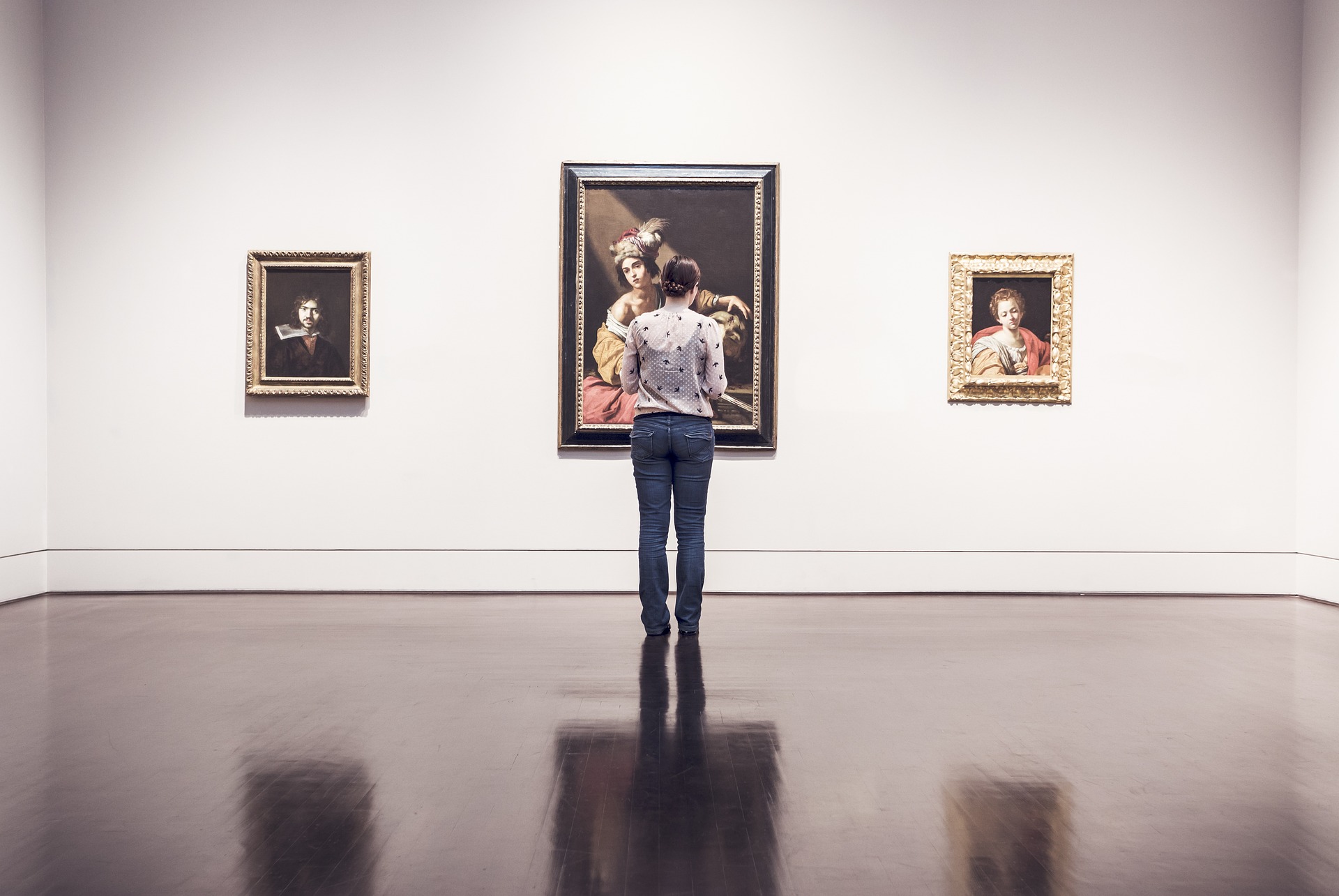Renaissance in Animation: The Advent of "Virtual Influencers"
Introduction: In the digital age, the landscape of entertainment is constantly shifting, introducing unique concepts that challenge traditional norms. The advent of "Virtual Influencers" in the animation industry is an intriguing development that merits a closer look.

A New Age in Animation
The world of animation has evolved significantly since the days of classic cartoons and stop-motion techniques. Today, we’re witnessing the emergence of virtual characters that transcend the boundary between fiction and reality. These “Virtual Influencers,” as they’re called, are computer-generated characters with their own social media profiles, fan bases, and even endorsement deals.
The Birth of Virtual Influencers
This phenomenon started in 2016 with the creation of a virtual model named Lil Miquela. Crafted by Los Angeles-based tech company Brud, Miquela began as an Instagram profile, which soon amassed a huge following for her realistic appearance and fashion-forward posts. The character’s popularity led to collaborations with high-profile brands and appearances in mainstream media.
The Spread of the Trend
Once the success of Lil Miquela became evident, other companies started to experiment with the concept. Today, there are several virtual influencers across different social media platforms. These include personalities like Shudu, a virtual supermodel, and Seraphine, a virtual pop star created for the popular online game, League of Legends.
Impact and Reception
The rise of virtual influencers has sparked lively debate about the future of entertainment and advertising. Supporters see this trend as a creative evolution, leveraging technology to craft engaging characters that offer unique marketing opportunities. Critics, however, raise concerns about authenticity and the potential ethical implications of blurring the line between reality and fiction.
Looking Forward
The trend of virtual influencers represents a significant shift in the animation industry. As we continue to explore this digital frontier, we can expect to see more innovative uses of technology in entertainment. Whether or not this trend will become a mainstay in the industry, or merely a temporary fad, remains to be seen. But one thing is certain - the world of animation will never be the same.
In conclusion, the advent of virtual influencers is a fascinating development in the arts and entertainment industry. It demonstrates how technology can be used to create new forms of entertainment that challenge our perception of reality. As we continue to keep a close eye on this trend, it will be interesting to see how it evolves and what implications it will have on the industry.




